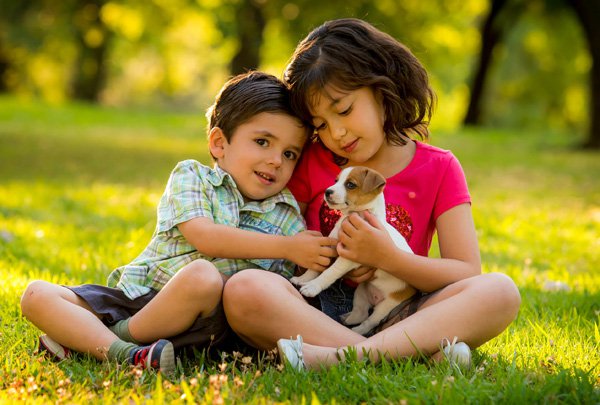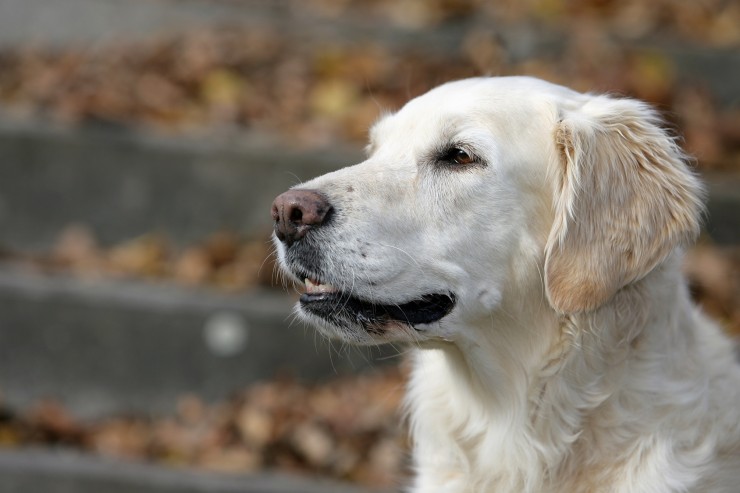
Contrary to what many believe, teaching your parrot to talk is not particularly difficult. It simply requires dedication, patience, time, and—above all—a loving relationship. There are many techniques and methods than you can use to train your parrot, but the one that has the best success rate is the simple process of repetition.
The first step to take in training your parrot is to build trust. When you bring your bird home for the first time, give him some time alone in his cage. There are a lot of things for him to get used to... a new cage, a new environment, new toys, and new people. Heaping too much on at once can cause stress and lead to bad habits. Let him get used to his cage, and his new room, on his own.
Once he's had time to adjust, start to spend time in the room. Don't approach the cage just yet, and keep activity and sound to a minimum. Avoid startling the parrot at all costs. After your bird seems comfortable with your presence in the room, you can begin to go over to the cage and talk to him. Don't open the cage or try to touch your parrot just yet. Speak to your bird in low and soothing tones, and do not attempt to remove the bird from the cage or touch it.
It won't take long before your bird will be comfortable allowing your hands inside the cage, and eventually allowing you to pick them up and handle them. Once you reach this stage, you are ready for speech training. Try to devote and hour or more per day to speech training. Start off with words and phrases that have hard sounds, such as "P", "B", "D", and "T". These are easier for a bird's vocal chords to enunciate.
If you notice that you lose your parrot's attention partway through the session, try to switch to shorter sessions multiple times per day. For example, instead of one hourly session, try two thirty minute or four fifteen minute sessions each day. Repeat the word over and over again during your training times. When your bird starts to respond by attempting the sounds, be sure to reward with praise and a treat.
Once your bird speaks his first word, the doors are wide open, and you can begin to teach him many new sounds and words. Remember, though, not to try and introduce too many new things at once. You can easily build a very large vocabulary of words in a reasonable amount of time.
Above all, love your parrot. Give them lots of attention and spend quality time with them as often as possible. It's the best way to ensure that you have a lasting and meaningful relationship. Show your bird love, and they will return it to you tenfold. Being a parrot parent is one of the most rewarding experiences in the world!
For all the most recent and practical information on teaching your parrot to talk and general parrot training visit http://www.easyparrottalk.com.
 How To Trained and Make The German shepherd Friendly
How To Trained and Make The German shepherd Friendly
How To Trained and Make The German shepherd Friendly
How To Trained and Make The German shepherd Friendly
 Can Copper Dog Collars Help To Ease Canine Arthritis?
Can Copper Dog Co
Can Copper Dog Collars Help To Ease Canine Arthritis?
Can Copper Dog Co
 Can You Keep Seahorses As Pets?
Can You Keep Seah
Can You Keep Seahorses As Pets?
Can You Keep Seah
 Ten Picnic And Barbecue Foods Your Dog Should Not Eat
Ten Picnic And Ba
Ten Picnic And Barbecue Foods Your Dog Should Not Eat
Ten Picnic And Ba
 How To Find Your Perfect Canine Counterpart
How To Find Your
How To Find Your Perfect Canine Counterpart
How To Find Your
Copyright © 2005-2016 Pet Information All Rights Reserved
Contact us: www162date@outlook.com